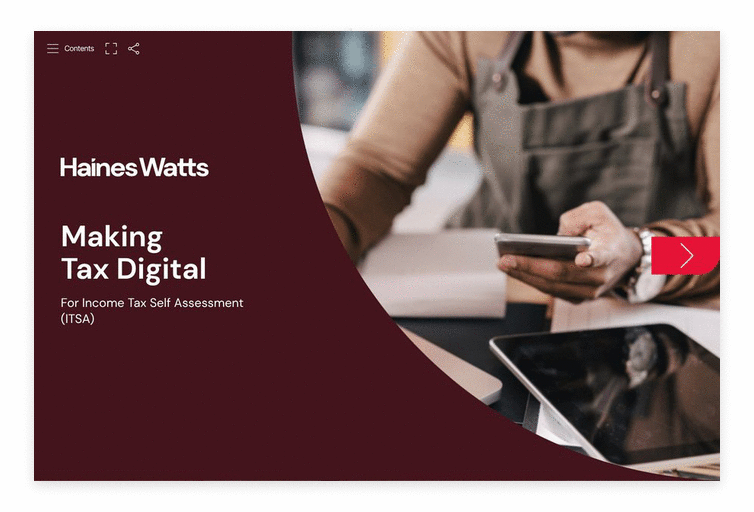April 2026 might feel a long way off, but for self-employed individuals and landlords earning over £50,000 a year, the clock is ticking.
That’s when Making Tax Digital for Income Tax becomes mandatory, and the sooner you start preparing, the smoother the transition will be.
A reminder of who's affected
From 6 April 2026, if you're a sole trader or a property landlord with a total gross income of £50,000 or more, you'll be required to comply with MTD for Income Tax. This means:
If your gross income falls between £30,000 and £50,000, you'll be brought into the regime in April 2027. Those with incomes between £20,000 and £30,000 will have to comply from April 2028.
What's changed recently
While the core rules haven't shifted much in 2025, HMRC has confirmed that:
The bottom line? This isn't something you can leave to the last minute. Getting yourself set up with the right software now will give you time to adjust before your deadline.
Want more information about MTD for Income Tax
Haines Watts has put together this helpful guide for individuals and landlords affected by MTD for Income Tax. It explains who's affected, what's changing, and how to prepare:
Alternatively, get in touch with your local Haines Watts office.


